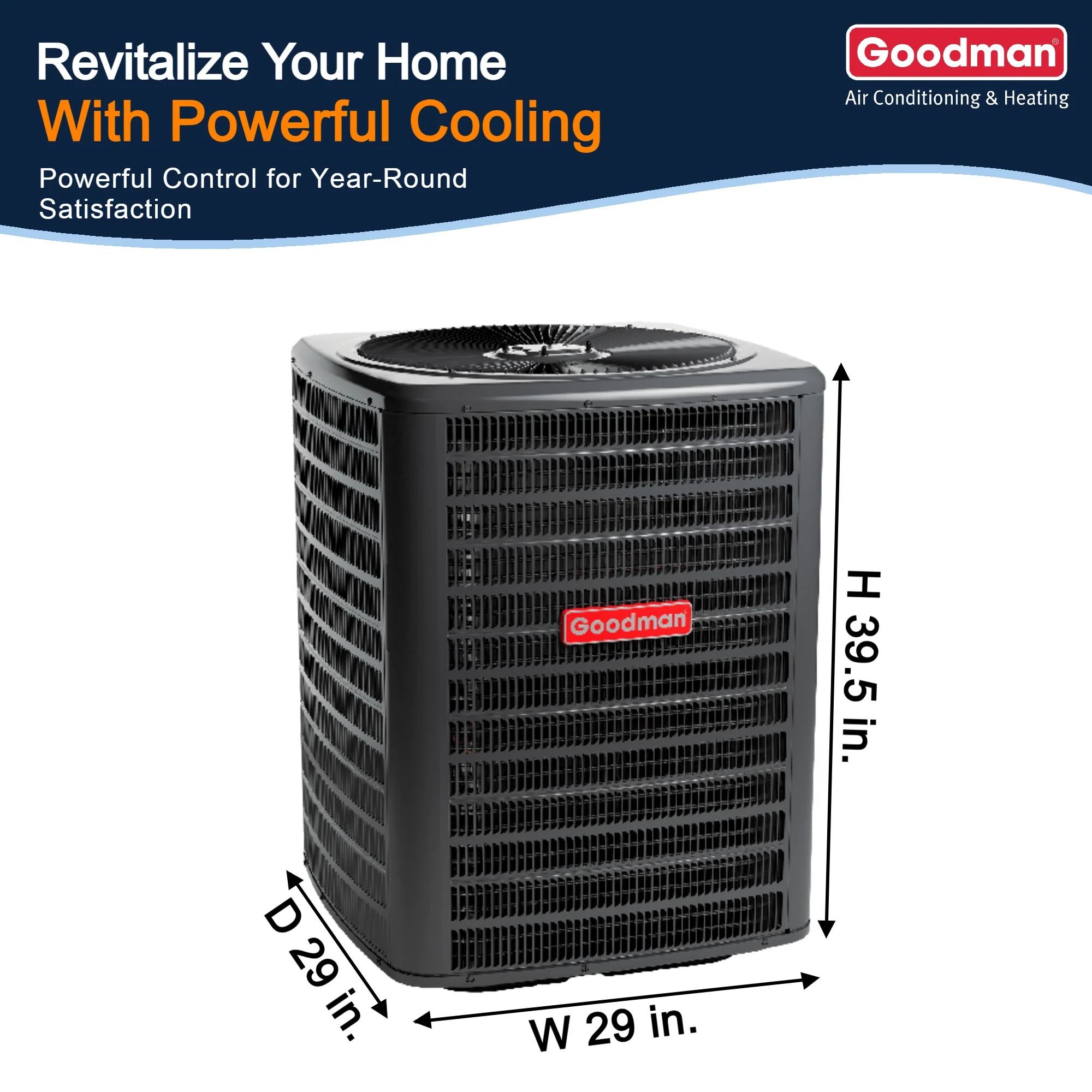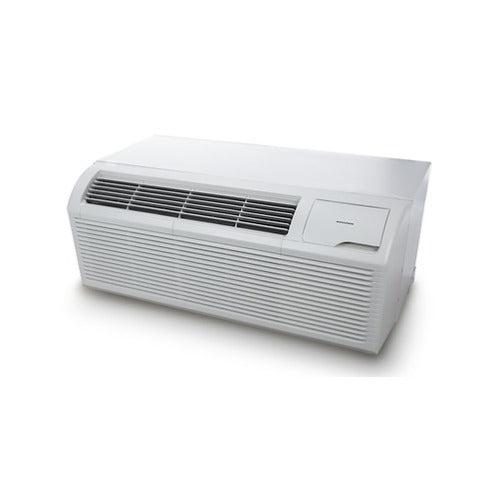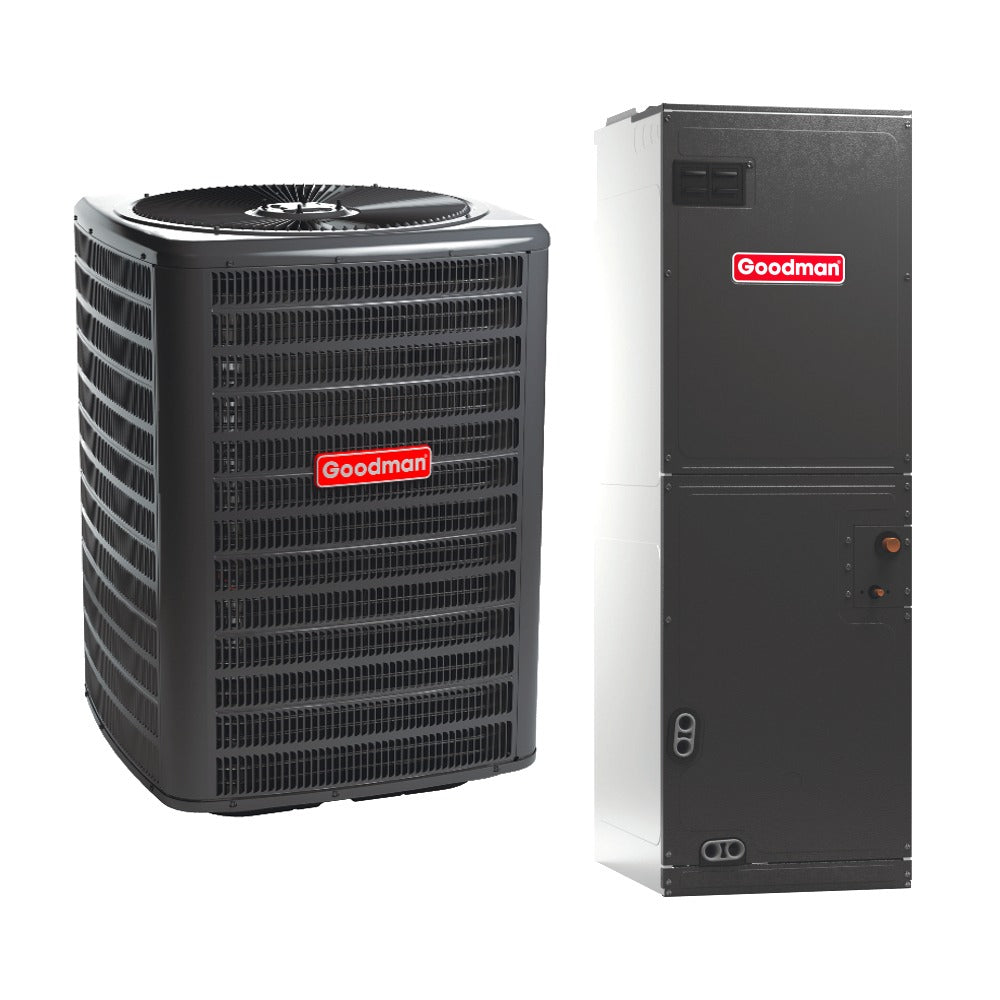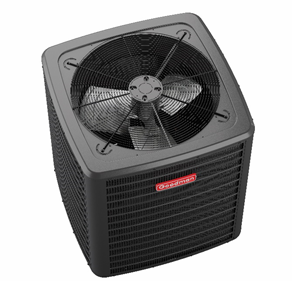Installation Guide: How to Install a Through-the-Wall Air Conditioner Safely and Efficiently
Once you’ve selected the ideal through-the-wall air conditioner with the right BTU rating, SEER efficiency, and R-32 refrigerant, the next step is proper installation. While these systems offer excellent long-term performance and enhanced energy efficiency, their success hinges on correct setup—especially when it comes to wall modification, insulation, and electrical connections.
Whether you’re a seasoned DIYer or planning to hire a professional installer, this step-by-step guide walks you through the essential parts of the installation process.
Tools and Materials You’ll Need
Before starting the installation, gather the following tools and materials:
Tools:
-
Tape measure
-
Stud finder
-
Level
-
Circular saw or reciprocating saw
-
Power drill
-
Screwdriver
-
Utility knife
-
Hammer and nails or framing screws
-
Caulking gun
Materials:
-
Wall sleeve (matched to your AC model)
-
Weather-resistant caulk or foam sealant
-
Framing lumber (2x4s or 2x6s)
-
Exterior-grade screws
-
Electrical outlet and wiring (if not already in place)
-
Paint or trim kit (optional for aesthetic finishing)
Step 1: Choose the Right Location
Select a wall that:
-
Faces an exterior surface (not an interior partition)
-
Has unobstructed space inside and out
-
Is free of plumbing or major electrical lines
-
Can support a dedicated 115V or 230V outlet (check your unit’s electrical specs)
Use a stud finder to identify and avoid load-bearing studs or reinforce the opening if needed.
Step 2: Cut and Frame the Wall Opening
Carefully mark the dimensions of your wall sleeve. This is typically slightly larger than the actual AC unit, so the sleeve can fit snugly. Use a level to ensure the opening will sit evenly—an unlevel unit can cause drainage issues and inefficient cooling.
Cut through the drywall, insulation, and exterior siding using a saw. Be sure to frame the opening with 2x4s or 2x6s to create a sturdy box that will support the wall sleeve and prevent sagging over time.
Step 3: Install the Wall Sleeve
Slide the wall sleeve into the framed opening. Most sleeves include integrated flanges that help secure it to the wall studs. Use screws to fasten the sleeve into the framing and make sure it's centered and level.
Once installed:
-
Seal around the sleeve’s edges (both inside and outside) with weatherproof caulk or spray foam insulation
-
This ensures maximum energy efficiency by preventing air leaks and moisture infiltration
Pro Tip: Always slope the sleeve slightly downward toward the outside (about 1/4") to ensure proper condensate drainage.
Step 4: Electrical Setup
Most through-the-wall AC units require a dedicated circuit and an appropriate voltage outlet (115V for lower BTU models, 230V for high-capacity units). If there’s no outlet nearby, a licensed electrician should install one before proceeding.
Note: Never use an extension cord with these units—it can be a fire hazard and void your warranty.
Step 5: Slide in the AC Unit
With the sleeve installed and the wiring ready:
-
Carefully slide the AC unit into the sleeve.
-
Secure it using the manufacturer’s mounting brackets or screws.
-
Plug it in and follow the setup instructions in the user manual.
-
Turn it on, check for vibrations, and test the cooling cycle to ensure airflow, BTU performance, and refrigerant function are all working correctly.
DIY or Professional Installation?
You can install a through-the-wall AC unit on your own if you’re comfortable:
-
Cutting into drywall and exterior sheathing
-
Framing wall openings
-
Handling light electrical work
However, you should hire a professional if:
-
Your wall is load-bearing
-
Electrical wiring is not in place
-
You’re installing multiple units or working with high BTU (230V) models
-
You want a clean, finished look with sealed interior trim and paintwork
A professionally installed unit will typically perform better long-term and preserve your unit’s energy efficiency and SEER rating—and in many cases, it’s required to maintain the warranty.







